28, March 2024
Crypto King’ Sam Bankman-Fried jailed for 25 years 0
Sam Bankman-Fried – also known as SBF – has been sentenced to 25 years in prison for stealing billions of dollars from customers of his cryptocurrency exchange FTX
After a two hour hearing the judge, Lewis Kaplan, said Bankman-Fried knew what he was doing was criminal and regretted making a bad bet about the likelihood of being caught
“There are a lot of mistakes that I made,” Bankman-Fried told the court, but maintained FTX had the ability to repay customers when it imploded
Prosecutors say Bankman-Fried took more than $10bn (£7.9bn) from unsuspecting customers in “one of the biggest financial frauds” in US history
FTX was valued at $32bn before it went bankrupt in 2022 and SBF crafted a public image that drew in celebrities, politicians and business titans.
Source: BBC

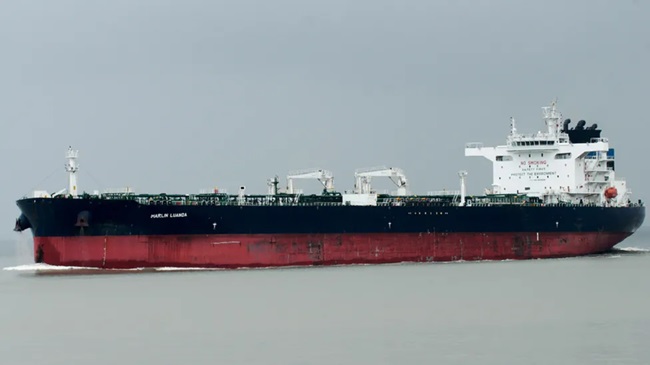

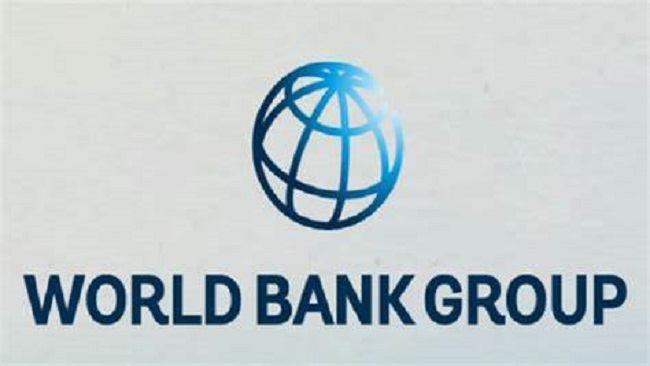

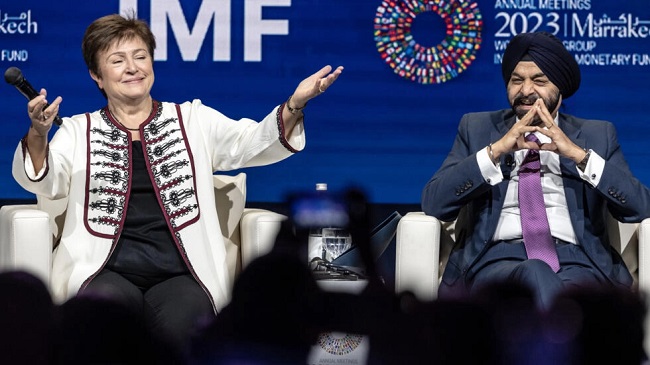
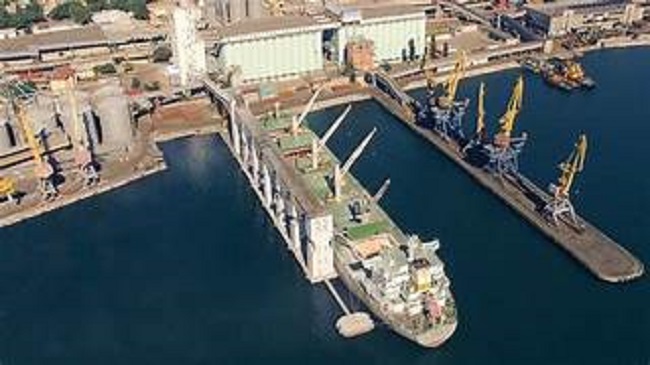


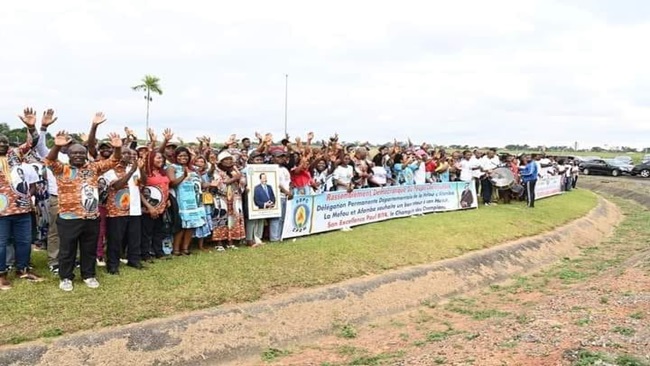

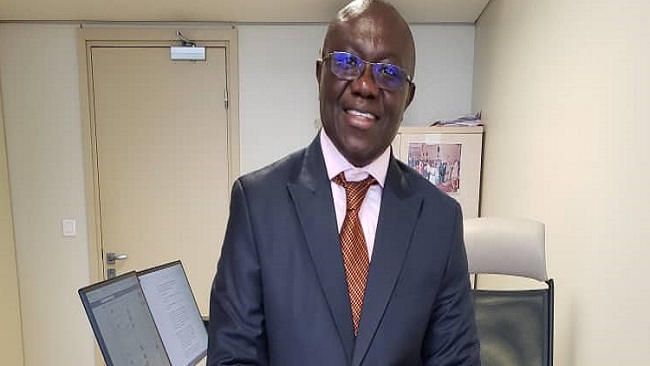



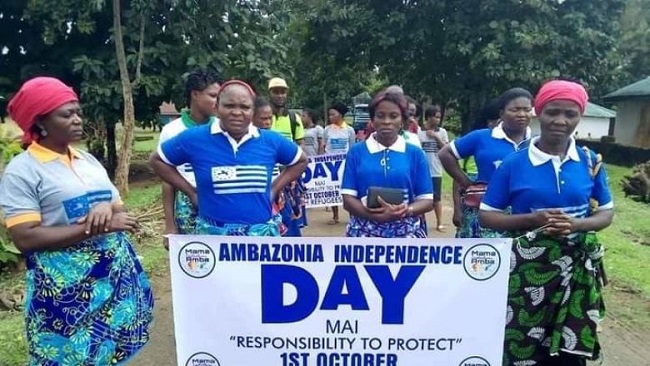


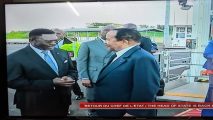







15, April 2024
World Bank says despite high potential, 75 vulnerable economies face ‘Historic Reversal’ 0
Despite their high potential to advance global prosperity, one-half of the world’s 75 most vulnerable countries are facing a widening income gap with the wealthiest economies for the first time in this century, a new World Bank report has found. Taking full advantage of their younger populations, their rich natural resources, and their abundant solar-energy potential can help them overcome the setback.
The report, The Great Reversal: Prospects, Risks, and Policies in International Development Association Countries, offers the first comprehensive look at the opportunities and risks confronting the 75 countries eligible for grants and zero to low-interest loans from the World Bank’s International Development Association (IDA). These countries are home to a quarter of humanity—1.9 billion people. At a time when populations are aging nearly everywhere else, IDA countries will enjoy a growing share of young workers through 2070—a huge potential “demographic dividend.” These countries are also rich in natural resources, enjoy high potential for solar-energy generation, and boast a large reservoir of mineral deposits that could be crucial for the world’s transition to clean energy.
Yet a historic reversal is underway for them. Over 2020-24, average per capita incomes in half of IDA countries—the largest share since the start of this century—have been growing more slowly than those of wealthy economies. This is widening the income gap between these two groups of countries. One out of three IDA countries is poorer, on average, than it was on the eve of the COVID-19 pandemic. The extreme-poverty rate is more than eight times the average in the rest of the world: one in four people in IDA countries struggles on less than $2.15 a day. These countries now account for 90 percent of all people facing hunger or malnutrition. Half of these countries are either in debt distress or at high risk of it. Still, except for the World Bank Group and other multilateral development donors, foreign lenders—private as well as government creditors—have been backing away from them.
“The world cannot afford to turn its back on IDA countries,” said Indermit Gill, the World Bank Group’s Chief Economist and Senior Vice President. “The welfare of these countries has always been crucial to the long-term outlook for global prosperity. Three of the world’s economic powerhouses today—China, India, and South Korea—were all once IDA borrowers. All three prospered in ways that whittled down extreme poverty and raised living standards. With help from abroad, today’s batch of IDA countries has the potential to do the same.”
More than half of all IDA countries—39 in all—are in Sub-Saharan Africa. Fourteen of them—mainly small island states—are in East Asia, and eight are in Latin America and the Caribbean. In South Asia, all countries except for India are IDA countries. Thirty-one IDA countries have per capita incomes of less than $1,315 a year. Thirty-three are fragile and conflict-affected states.
IDA countries share similar opportunities. The “demographic dividend”—a deep and growing reserve of young workers—is one of them. Abundant natural resources is another. These countries account for about 20 percent of global production of tin, copper, and gold. In addition, some IDA countries possess critical mineral deposits essential for the global energy transition. Because of their abundant sunshine, most IDA countries are well situated to take advantage of solar energy. On average, their long-term daily solar-electricity generation potential is among the highest in the world.
This potential, however, comes with risks that must be managed. To reap the demographic dividend, IDA governments will need to undertake policies to improve education and health outcomes and make sure that jobs are available for the rising number of young people who will enter the workforce in the coming decades. To seize the full potential of their natural-resource wealth, IDA countries will need to improve policy frameworks and build stronger institutions capable of better economic management. All of this will require ambitious domestic policy reforms—and significant financial support from the international community.
“IDA countries have incredible potential to deliver strong, sustainable, and inclusive growth. Realizing this potential will require them to implement an ambitious set of policies centered on boosting investment,” said Ayhan Kose, the World Bank’s Deputy Chief Economist and Director of the Prospects Group. “This means improving fiscal, monetary, and financial policy frameworks and advancing an array of structural reforms to strengthen institutions and enhance human capital.”
IDA countries today have large investment needs. In the poorest of them, closing existing development and infrastructure gaps and building resilience to climate change will require investment that amounts to nearly 10 percent of GDP. The costs of climate disasters have doubled in IDA countries over the past decade: Economic losses from natural disasters average 1.3% of GDP a year—four times the average of other emerging market and developing economies. Such needs will require IDA countries to generate sustained investment booms—the type that boosts productivity and incomes and reduces poverty. Historically, such investment booms have often been sparked by a comprehensive package of policy measures—to bolster fiscal and monetary frameworks, ramp up cross-border trade and financial flows, and improve the quality of institutions. Such reforms are never easy, the report notes. They need careful sequencing and implementation. But previous IDA countries have shown they are possible.
IDA countries will need significant international financial support to make progress and lower the risk of “protracted stagnation,” the report notes. Stronger cooperation on global policy issues—including fighting climate change, facilitating more timely and effective debt restructurings, and supporting cross-border trade and investment—will also be crucial to help IDA countries avert a lost decade in development.